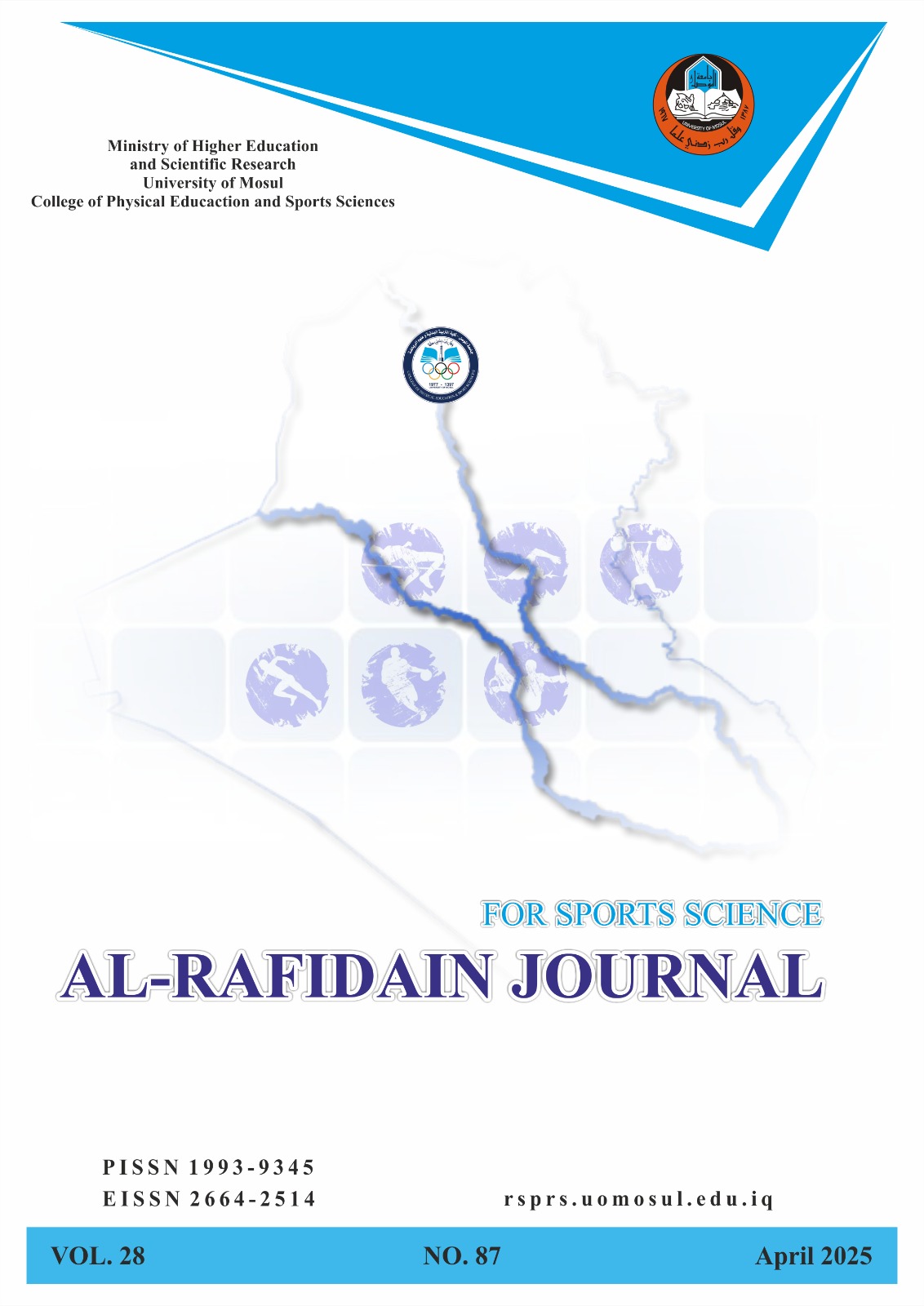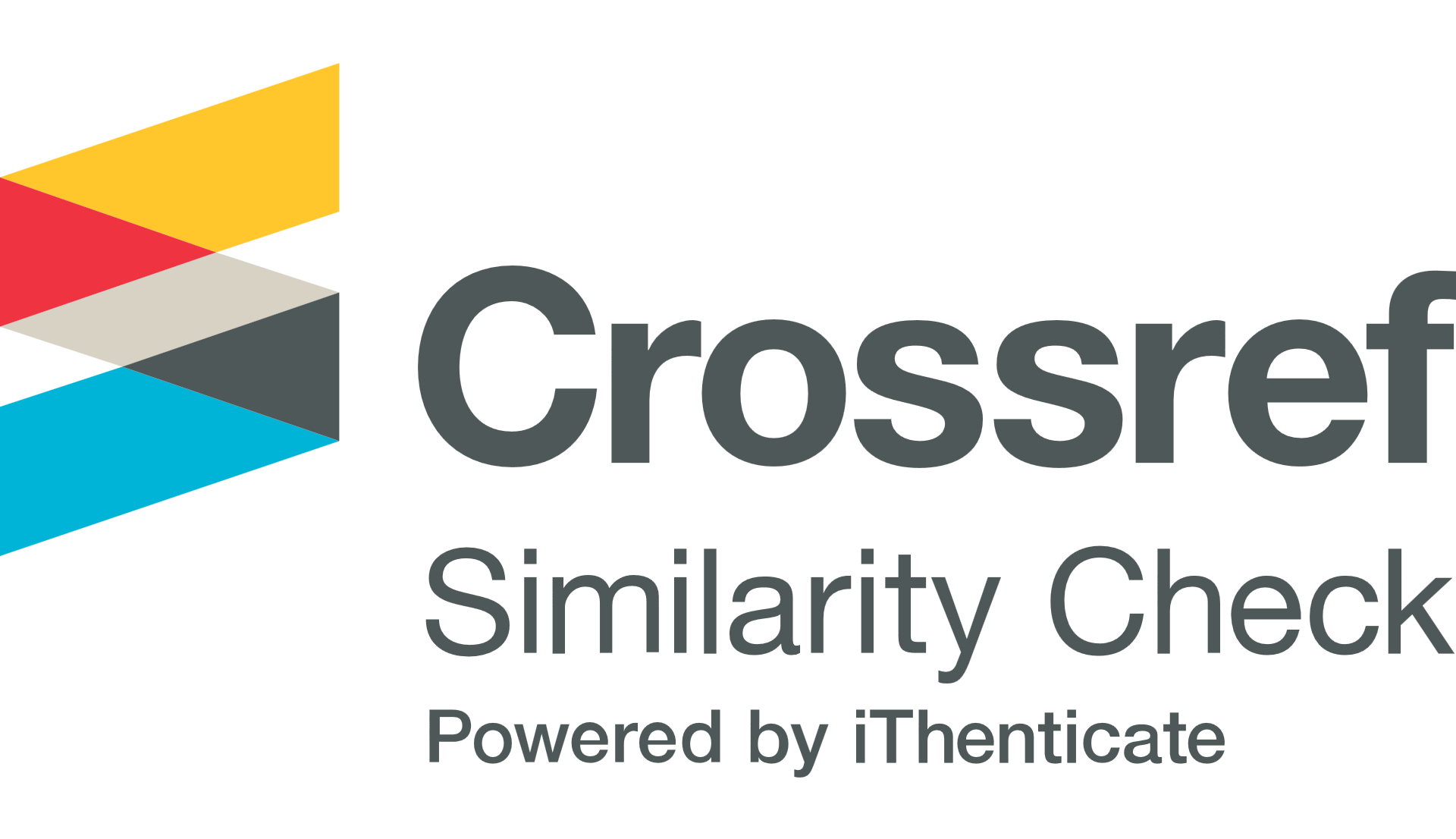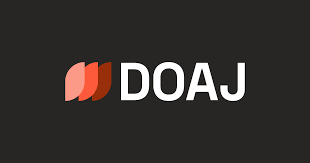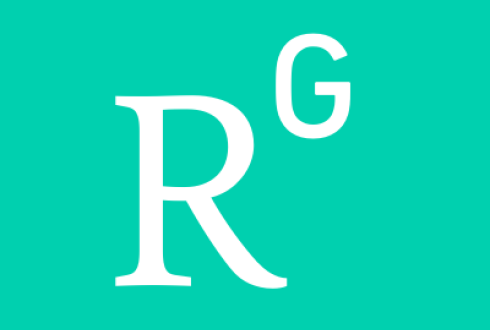The Effect of Using Different Types of Verbal Reinforcement on Learning the Accuracy of Performing the Skills of Forehand Float Serve and Overhead Pass in Volleyball
Abstract
The use of verbal reinforcement is significant in learning kinetic sports skills. Its importance is not limited to the teacher but also extends to the student. Some teachers neglect an important aspect of the learning process, which is the use of verbal reinforcement, both positive and negative, or they limit themselves to one type and neglect the other. Another group of teachers does not know which to start with, positive or negative verbal reinforcement. This study aimed to investigate the effect of using different types of verbal reinforcement on learning the accuracy of performing the skills of the forehand float serve and the overhead pass in volleyball. The researchers hypothesized that there would be statistically significant differences in verbal reinforcement (positive then negative) or (negative then positive) in learning the accuracy of skill performance in the forehand float serve and the overhead pass in volleyball. The study sample consisted of 30 students divided into two shifts (groups) with 15 students in each group. The sample was distributed to the two experimental groups by lottery. The sample underwent an educational program to learn the skills in the study, followed by the application of the educational program to the study groups. The researchers concluded several results, notably that the first experimental group using verbal reinforcement (positive-negative) outperformed the second experimental group using verbal reinforcement (negative-positive).






